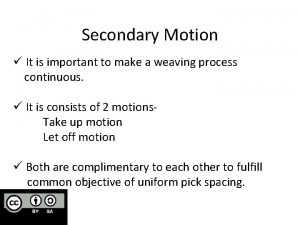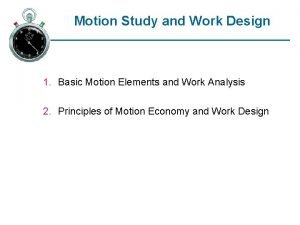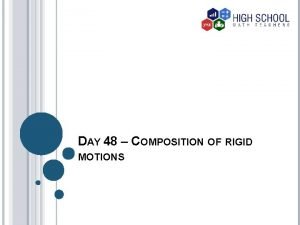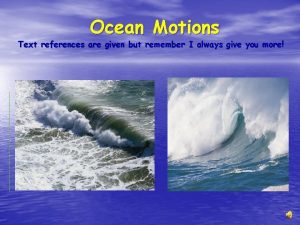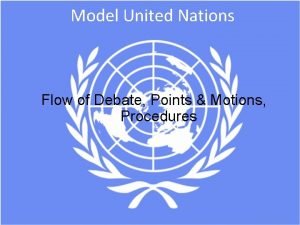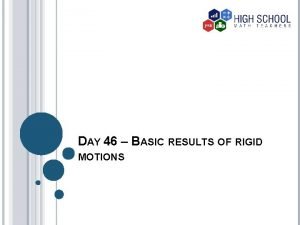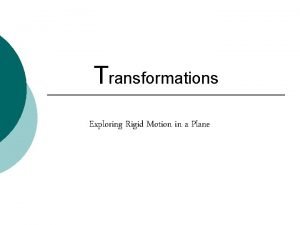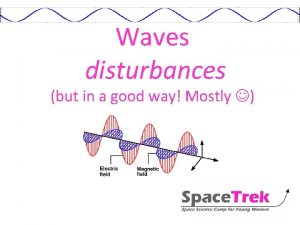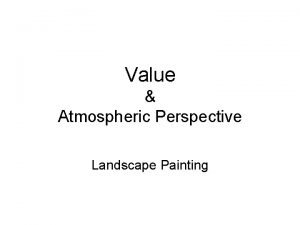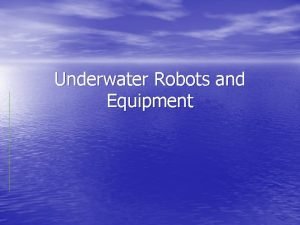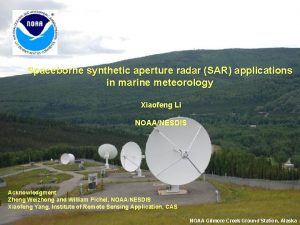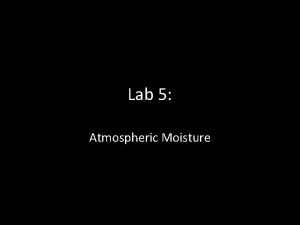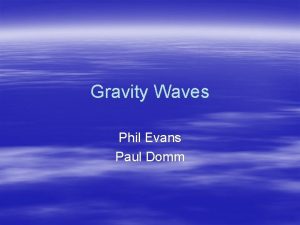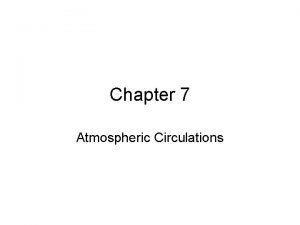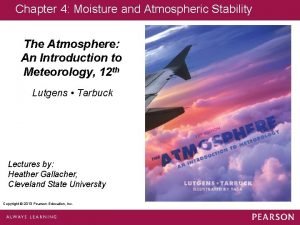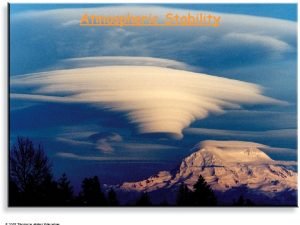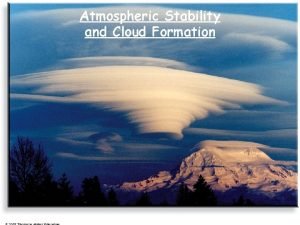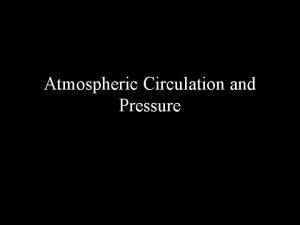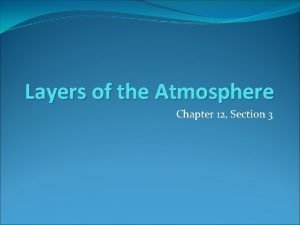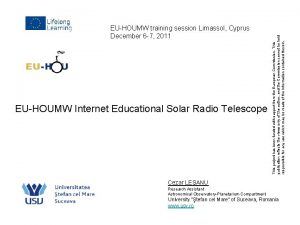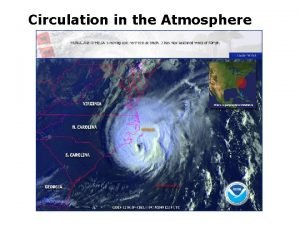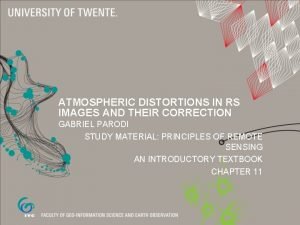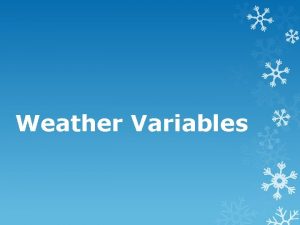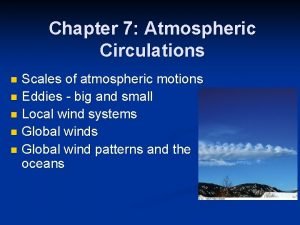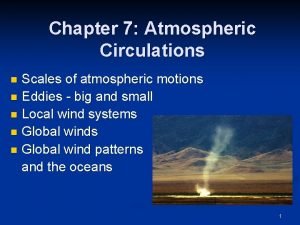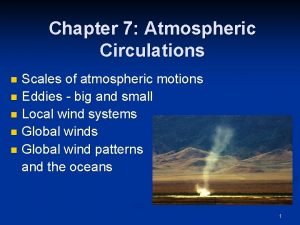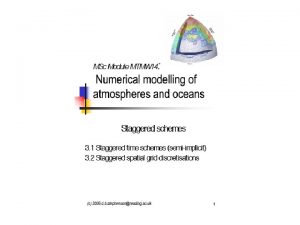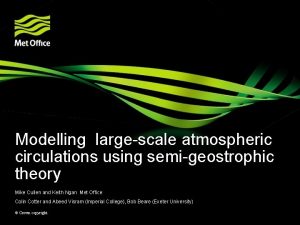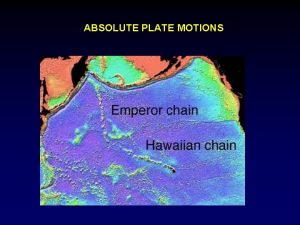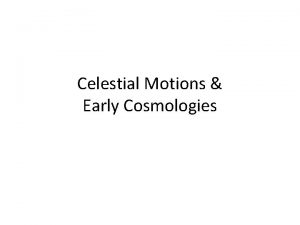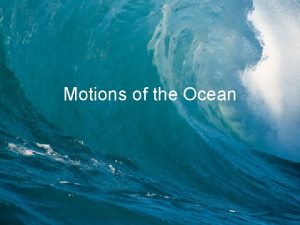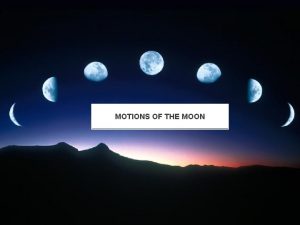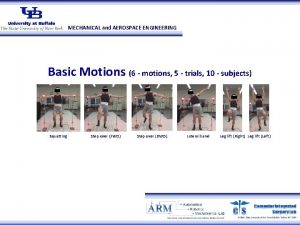Chapter 7 Atmospheric Circulations Scales of atmospheric motions
































- Slides: 32

Chapter 7: Atmospheric Circulations Scales of atmospheric motions n Eddies - big and small n Local wind systems n Global wind patterns and the oceans n

Scales of Atmospheric Motions scales of motion n microscale n mesoscale n synoptic scale n planetary scale n • Lots of important weather events occur on microscales, like evaporation of liquid water molecules from the earth’s surface.

Fig. 7 -2, p. 171

Eddies - Big and Small eddy n rotor n wind shear n turbulence n • Wind shear can sometimes be observed by watching the movement of clouds at different altitudes.

• Kelvin Helmholtz waves • Clear-air turbulence • Billow clouds Figure 1, p. 173

Local Wind Systems Thermal Circulations isobars and density differences n thermal circulations n

Sea and Land Breezes sea breeze n land breeze n sea breeze front n Florida sea breezes n • Sea and land breezes also occur near the shores of large lakes, such as the Great Lakes.

Fig. 7 -6, p. 175

Seasonally Changing Winds the Monsoon wind system n India and eastern Asian monsoon n other monsoons n

Fig. 7 -10, p. 178

Mountain and Valley Breezes valley breeze n mountain breeze n • The nighttime mountain breeze is sometimes called gravity winds or drainage winds, because gravity causes the cold air to ‘drain’ downhill.

Katabatic Winds n Strong drainage winds: steep slope • Katabatic winds are quite fierce in parts of Antarctica, with hurricane-force wind speeds. • Bora: a cold, gusty northeasterly wind along the Adriatic coast in the former Yugoslavia

Chinook (Foehn) Winds Chinook winds—warm and dry n compressional heating n chinook wall cloud n • In Boulder, Colorado, along the eastern flank of the Rocky Mountains, chinook winds are so common that many houses have sliding wooden shutters to protect their windows from windblown debris. • It is called a Foehn along the leeward slopes of Alps.

Fig. 7 -14, p. 180

Santa Ana Winds Santa Ana wind n compressional heating n wildfires n • Many Southern California residents regularly hose down their roofs to prevent fires during Santa Ana wind season. • Difference between this and Chinook wind Santa Ana: from elevated desert plateau; Chinook: from cold plateau

Desert Winds n n dust and storms dust devils – from surface usually with a diameter of a few meters and a height of <100 m

General Circulation of the Atmosphere cause: unequal heating of the earth’s surface n effect: atmospheric heat transport n • Ocean currents also transport heat from the equator to the poles and back.

Single-cell Model basic assumptions: no rotation n Hadley cell n why is the single-cell model wrong? n • One of the world’s premier atmospheric science research facilities, the Hadley Centre for Climate Research, is named after George Hadley.

Three-cell Model model for a rotating earth n Hadley cell • Many global circulation terms, n doldrums including ‘trade winds’ and n subtropical highs ‘doldrums’, were named by n trade winds mariners who were well acquainted with wind patterns. n intertropical convergence zone • Upper troposphere easterly is n westerlies inconsistent with the observed westerly n polar front n polar easterlies n

Fig. 7 -21, p. 185

Average Surface Winds and Pressure: The Real World semipermanent highs and lows n Bermuda high & Pacific high n Icelandic low & Aleutian low n Siberian high n • The Bermuda High frequently brings hot, muggy weather to the eastern US. in summer • The ITCZ shifts toward the north in July (from January)

Fig. 7 -22 a, p. 188

Fig. 7 -22 b, p. 189

The General Circulation and Precipitation Patterns n ITCZ, midlatitude storms, polar front • Most of the world’s thunderstorms are found along the ITCZ. • Low rainfall over the subtropical regions

Westerly Winds and the Jet Stream jet streams n subtropical jet stream n polar front jet stream n Low-level jet stream over the Central plains of the U. S. (within 2 km above surface), bringing moist and warm air to form nighttime thunderstorms

Global wind-driven ocean current Fig. 7 -29, p. 193

Winds and Upwelling n Upwelling is strongest when wind is parallel to the coastline

El Niño and the Southern Oscillation El Niño events n Southern Oscillation n La Niña n teleconnections n • ENSO is an example of a global-scale weather phenomenon. • Often Arizona has a wetter winter during El Nino and a drier winter during La Nina; • Usually northwestern U. S. has a drier winter during El Nino and a wetter winter during La Nina.

Fig. 7 -32, p. 196


Other Atmosphere-Ocean Interactions North Atlantic Oscillation n Arctic Oscillation: pressure difference between n Arctic and regions to its south n Pacific Decadal Oscillation

Fig. 7 -36, p. 199
 5 wheel take up motion
5 wheel take up motion Principles of motion economy
Principles of motion economy Composition of rigid motion
Composition of rigid motion Song leading hand motions
Song leading hand motions Ocean motions
Ocean motions Motions model un
Motions model un Basic rigid motions
Basic rigid motions Definition of size separation
Definition of size separation How can δabc be mapped to δxyz?
How can δabc be mapped to δxyz? True motions
True motions Mnemonic for ipmatc
Mnemonic for ipmatc Alphafriends with motions
Alphafriends with motions Atmospheric opacity
Atmospheric opacity Landscape atmospheric perspective
Landscape atmospheric perspective Atmospheric suits
Atmospheric suits Atmospheric gravity waves
Atmospheric gravity waves Penn state meteorology jobs
Penn state meteorology jobs Lab 5 atmospheric moisture
Lab 5 atmospheric moisture Pressure at different altitudes
Pressure at different altitudes Atmospheric gravity waves
Atmospheric gravity waves Single cell model of atmospheric circulation
Single cell model of atmospheric circulation Atmospheric stability
Atmospheric stability Air expands
Air expands Conditionally unstable atmosphere
Conditionally unstable atmosphere Circulates air between 60-90 latitudes
Circulates air between 60-90 latitudes Atmospheric heaven
Atmospheric heaven Section 1 atmospheric basics continued answers
Section 1 atmospheric basics continued answers Atmospheric opacity
Atmospheric opacity Atmospheric circulation
Atmospheric circulation Atmospheric distortion correction
Atmospheric distortion correction What are weather variables
What are weather variables What is atmosphere
What is atmosphere Temperate seasonal forest climatogram
Temperate seasonal forest climatogram
